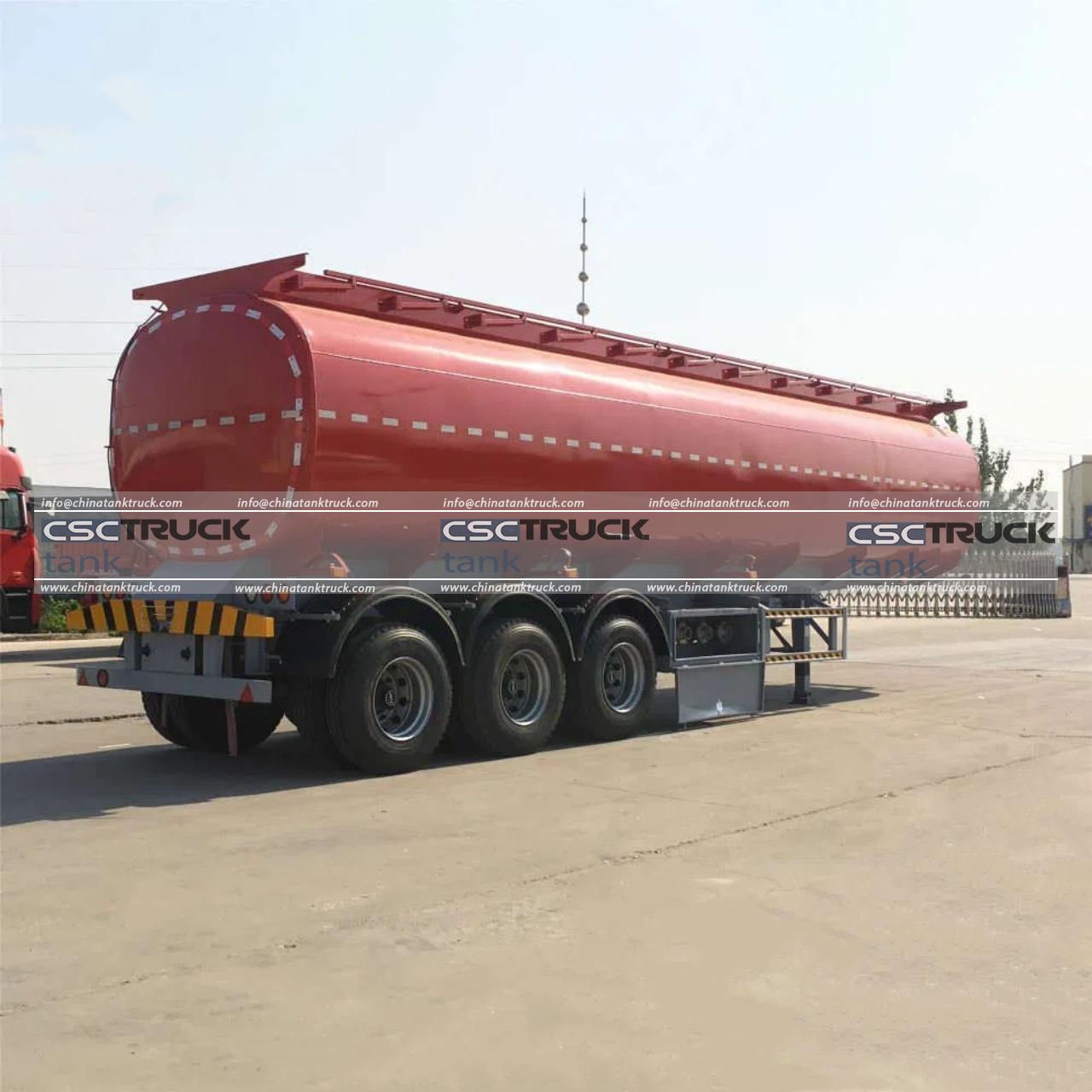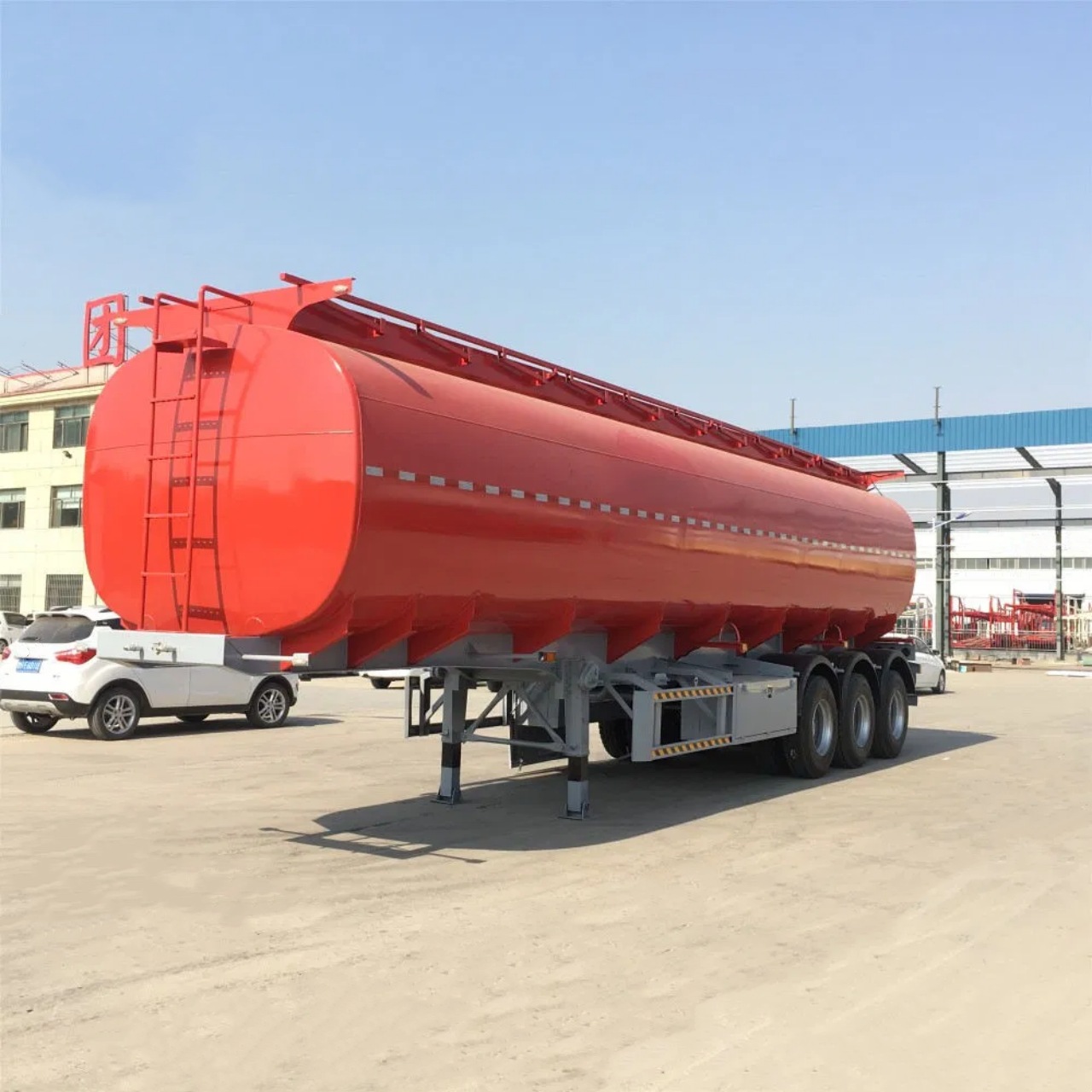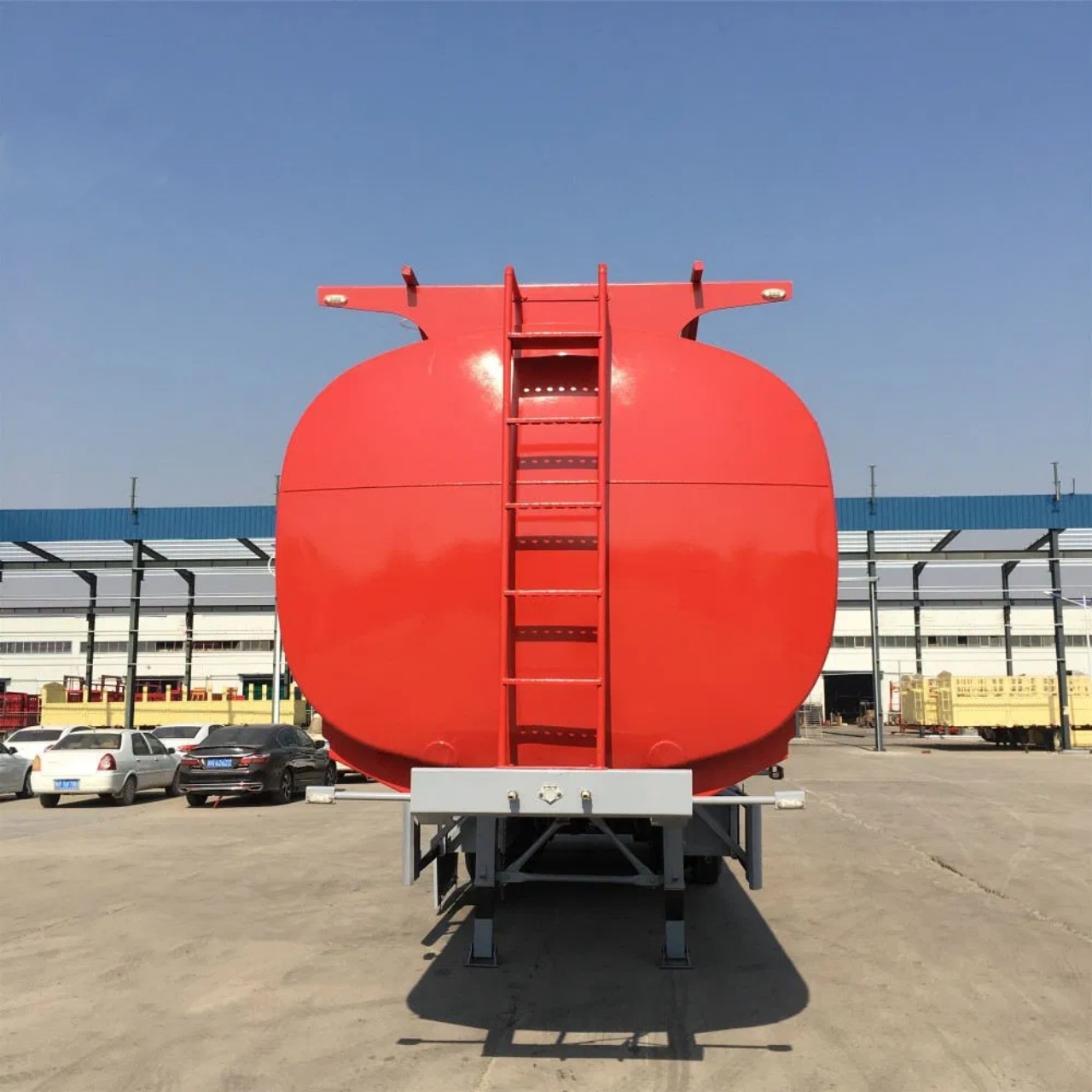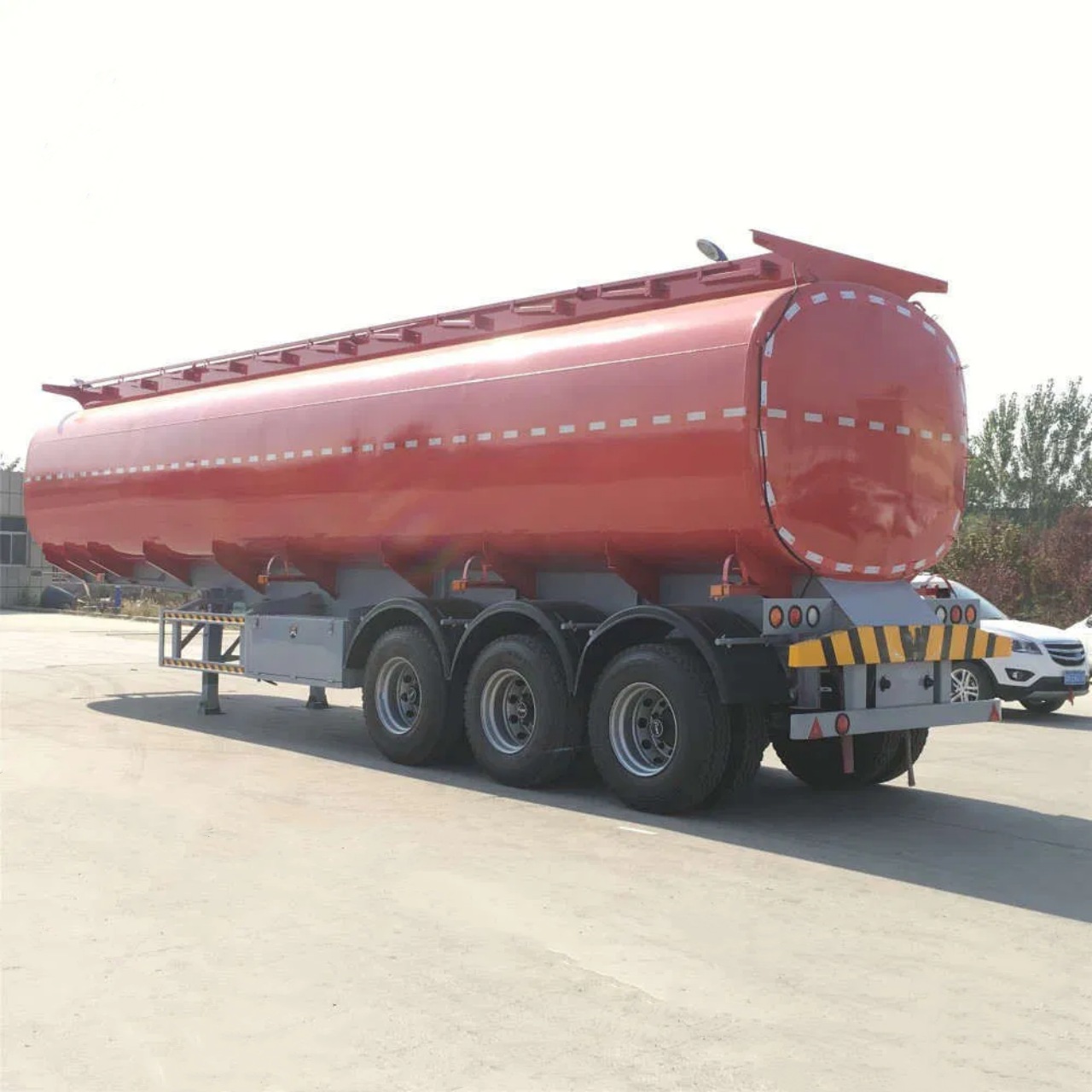Tanker trailers are a common sight on highways across the world, hauling vast quantities of liquids ranging from fuel and water to chemicals and food-grade products. If you’ve ever found yourself wondering, “How many gallons are in a tanker trailer?”, the answer is — it depends. Several factors influence the capacity of a tanker trailer, including its size, shape, type of liquid carried, regulatory requirements, and intended use. In this article, we’ll dive deep into the various types of tanker trailers and explain how their capacities differ, why these differences matter, and what standards are typically followed in North America and beyond.
Understanding Tanker Trailer Design
A tanker trailer is essentially a large cylindrical or elliptical tank mounted on a chassis and towed by a truck tractor. These tanks are made from materials such as aluminum, stainless steel, or carbon steel, depending on the product they’re designed to carry. Tanker trailers are typically segmented to prevent liquid surge — the movement of liquid inside the tank that can affect vehicle stability.
The design and capacity of a tanker trailer are influenced by the following:
- Type of liquid being transported (hazardous, food-grade, etc.)
- Viscosity and density of the liquid
- Federal and state transportation regulations
- Axle load limitations and gross vehicle weight limits
- Construction material and structural integrity
Typical Tanker Trailer Capacities
Now, let’s look at specific tanker trailer types and how many gallons they generally hold.
1. Fuel Tanker Trailers (Petroleum Tankers)
Fuel tanker trailers are among the most common and are used to transport gasoline, diesel, and jet fuel. These trailers usually have multiple compartments to carry different fuel types simultaneously.
- Typical Capacity:
- 5,000 to 11,600 gallons (18,900 to 43,900 liters)
- Most commonly: 7,000 to 9,000 gallons
The capacity can vary depending on regional regulations and weight limits. In the U.S., most fuel tankers carry around 9,000 gallons when fully loaded, while Canadian and Australian tankers may carry more due to different weight allowances.
2. Food-Grade Tanker Trailers
Used for transporting milk, juice, edible oils, and other consumable liquids, food-grade tankers must meet sanitary regulations and are often insulated to maintain temperature.
- Typical Capacity:
- 6,000 to 8,000 gallons (22,700 to 30,300 liters)
These tankers are made of stainless steel to prevent contamination and are designed for easy cleaning.
3. Chemical Tanker Trailers
Chemical tankers transport hazardous or corrosive chemicals like sulfuric acid, hydrogen peroxide, or ethanol. These trailers are heavily regulated and built with specific linings or materials to resist chemical corrosion.
- Typical Capacity:
- 4,000 to 7,000 gallons (15,100 to 26,500 liters)
Due to the hazardous nature of the contents, chemical tankers are often smaller in capacity compared to fuel tankers, ensuring safety and regulatory compliance.
4. Water Tanker Trailers
Water tankers are used in agriculture, firefighting, dust suppression, and emergency services. These trailers typically do not require the same level of regulation as fuel or chemical tankers.
- Typical Capacity:
- 5,000 to 10,000 gallons (18,900 to 37,800 liters)
They are usually made from carbon steel, stainless steel, or aluminum and may or may not be insulated depending on the intended application.
5. Asphalt Tanker Trailers
These tankers are designed to transport bitumen or asphalt at high temperatures. They are heavily insulated and often equipped with heating systems.
- Typical Capacity:
- 5,500 to 7,500 gallons (20,800 to 28,400 liters)
Because of the temperature requirements and thickness of asphalt, these tankers are built with thick insulation and sometimes internal coils for heating.
Factors That Affect Tanker Capacity
While typical ranges are helpful, the actual capacity of a specific tanker trailer depends on several factors:
1. Gross Vehicle Weight Rating (GVWR)
Federal regulations limit the weight of a loaded truck to 80,000 pounds in the U.S., unless special permits are obtained. The denser the liquid, the less volume the trailer can carry before hitting this weight limit. For instance, water is denser than gasoline, meaning a tanker may reach its weight limit with fewer gallons of water.
2. Number of Axles
More axles spread the load and allow for higher weight capacities. This is particularly relevant in countries with strict weight laws. Tankers with more axles can carry more gallons while remaining legal.
3. Type of Liquid
Heavier, denser liquids (e.g., sulfuric acid) result in a lower maximum volume per load compared to lighter liquids (e.g., gasoline). This means that a 7,000-gallon tanker for gasoline may only legally carry 5,000 gallons of a dense chemical.
4. Compartmentalization
Many tankers are divided into compartments. This improves stability, allows for the transportation of multiple products, and limits spillage in case of an accident. However, it slightly reduces the usable capacity due to the space occupied by internal walls and valves.
Gallons vs. Liters: Global Perspective
In the United States, tank capacity is typically measured in U.S. gallons. In most other countries, especially in Europe and Asia, capacity is measured in liters or cubic meters.
Here’s a quick conversion:
- 1 U.S. gallon = 3.785 liters
- 1 cubic meter = 264.17 U.S. gallons
For example, a 30,000-liter tanker in Europe would be equivalent to about 7,925 U.S. gallons.
Safety and Compliance
Regardless of capacity, all tanker trailers must comply with safety and environmental regulations, which may affect design and usable volume. These include:
- DOT (Department of Transportation) standards in the U.S.
- EPA (Environmental Protection Agency) regulations
- ADR (European Agreement concerning the International Carriage of Dangerous Goods by Road) in Europe
- UN/IMDG codes for international shipping
Proper maintenance, inspection, and operator training are essential to ensure safe operation and compliance.
Conclusion
So, how many gallons are in a tanker trailer? The answer lies in a range, most commonly between 5,000 and 11,600 gallons, depending on the trailer type, its purpose, and local regulations. Fuel tankers might carry 9,000 gallons, while food-grade tankers typically carry 6,000 to 8,000 gallons. Specialized trailers like chemical or asphalt tankers may have even lower capacities due to safety concerns or the density of the materials.
Understanding these differences is crucial for logistics planning, fleet management, and ensuring that cargo is transported efficiently and safely. Whether you’re in the transportation industry or simply curious, knowing the capacity of tanker trailers sheds light on how vital and complex liquid logistics are.





